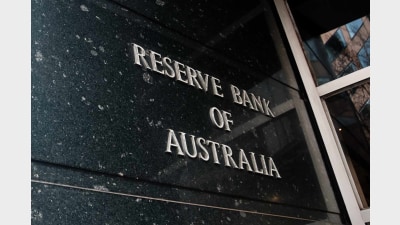Contribution strategies for the end of 2019/20


While it may seem odd to look at contribution strategies in the middle of a pandemic, some clients are weathering the storm relatively unscathed. For them, this 30 June is no different to any other and as usual, it will be important to make sure they take advantage of any superannuation contribution strategies before the financial year ends.
USING THE RULES TO ‘CATCH UP’ UNUSED CONCESSIONAL CONTRIBUTION CAP AMOUNTS FROM 2018/19
Firstly, those who had less than $500,000 in super at 30 June, 2019 should check whether they used their full $25,000 concessional contributions cap during 2018/19. This year (2019/20) is the first year in which ‘catch up’ concessional contributions can be made – using whatever remains of last year’s cap now. Note that if they intend to use the catch up rules this year, it is their balance at 30 June, 2019 that matters, not what their super is worth today or what they had back on 30 June, 2018.
Those with slightly more than $500,000 at 30 June, 2019 may expect their days of using the catch up rules are over. But if their balance has fallen during 2019/20, they may be back under $500,000 at 30 June 2020. This brings the catch up rules back into focus for 2020/21. If there is a benefit to be had here (e.g. concessional contributions in 2018/19 fell short of $25,000, the member has spare cash and would value a tax deduction for extra super contributions), two other possibilities leap to mind.
Firstly, anyone very close to $500,000 today could consider steps that will keep them under the threshold, allowing them to use the rules in 2020/21. This could include:
Spouse contribution splitting – effectively transferring concessional contributions made in 2018/19 to their spouse during 2019/20; and
Calculating their total super balance at 30 June, 2020 “off balance sheet”. Remember that the amount used for this purpose is whatever the member would have received if they had left the fund on 30 June 2020. In a self managed super fund (SMSF) this can include allowing for costs to sell assets, depressed asset values that reflect current valuations, capital gains tax, wind up fees etc. While many of these would not normally be taken into account in preparing the fund’s financial statements, the law allows a special value to be reported for this purpose via extra fields on the SMSF annual return.
Those who are confident they will be well under $500,000 at 30 June, 2020, but would rather make their catch up contribution this year (perhaps they have a greater need for a tax deduction in 2019/20 than they expect for 2020/21) also have an opportunity to think differently. They could make the extra contribution in June 2020 and, providing they have an SMSF, ask the trustee to defer allocating that contribution to their account until July 2020. That way the contribution is:
- Tax deductible this year (the year in which it is actually made); but
- Counted towards their contribution cap next year.
In this case, the deferral is useful because it ensures the contribution isn’t checked against the member’s concessional contributions cap until they are back in “catch up contribution” territory.
BROADER USES OF THE ‘DEFERRED ALLOCATION’ STRATEGY
This concept of deferring the allocation of a contribution to the following year has a few other applications. It can also be helpful for someone over 65.
One of our clients (let’s call him Jeff) is in exactly this position. Jeff has $1.2 million in superannuation, is 70 and has been building up his superannuation over the last few years. He was working full-time until March 2020 when his job became one of the many COVID-19 casualties. He has already made a $100,000 non-concessional contribution during 2019/20. Originally, he planned to contribute another $100,000 in 2020/21. But now, he won’t meet the work test he needs to meet in order to contribute next year.
He can use the same deferred allocation approach to help maximise the amount he is able to put into superannuation. He will make a $100,000 non-concessional contribution to his SMSF in June 2020 (while he still can) and delay allocating it to his member account until July 2020. Normally, making two $100,000 non-concessional contributions in a single year would mean Jeff had an excess contributions problem. But deferring the allocation until next financial year means it counts towards next year’s cap rather than his 2019/20 limit. Someone younger would simply wait until next year, but that option isn’t available to Jeff – he won’t be able to meet the relevant work test next year. The deferred allocation strategy gives him everything he needs, as long as he thinks about it now.
Despite the unusual challenges of COVID-19 and concerning economic outlook, for many SMSF trustees, there is never a bad time to consider superannuation contribution strategies and 2019/20 is no different.
Meg Heffron is the managing director of Heffron SMSF Solutions.
Recommended for you
High risk, high return assets will become dangerous options for superannuation funds under the Federal Government’s planned $3 million superannuation changes, writes Brad Twentyman.
Economic policy can no longer ignore the macroeconomic impacts of Australia's superannuation system and the emerging policy implications, writes Tim Toohey.
In an age where climate concerns and social consciousness dominate headlines, it’s no surprise that investors are increasingly seeking investments that align with their values, writes Simon O’Connor.
How profit-for-member superannuation funds can embed 'commerciality with a heart' and marry a member-first culture with commercial outcomes.














Add new comment